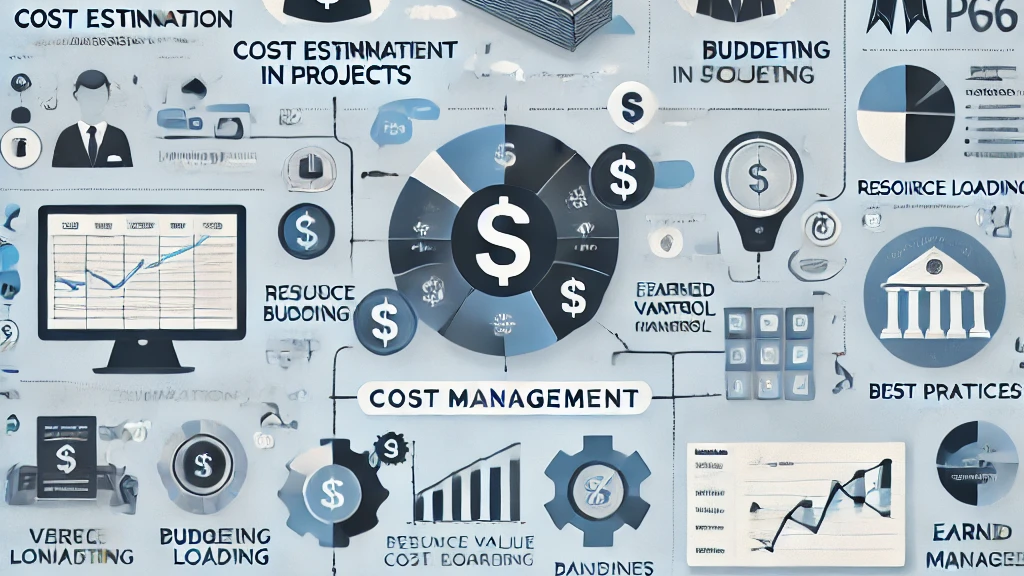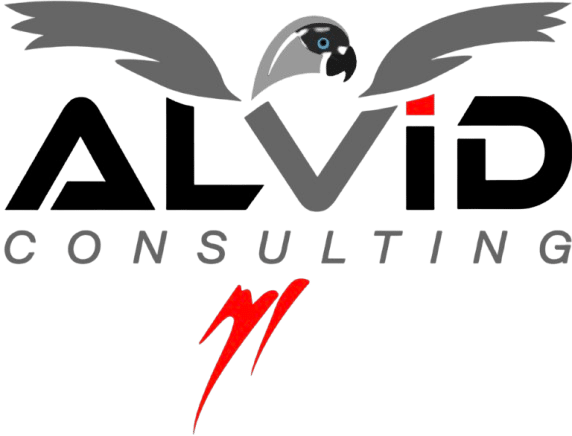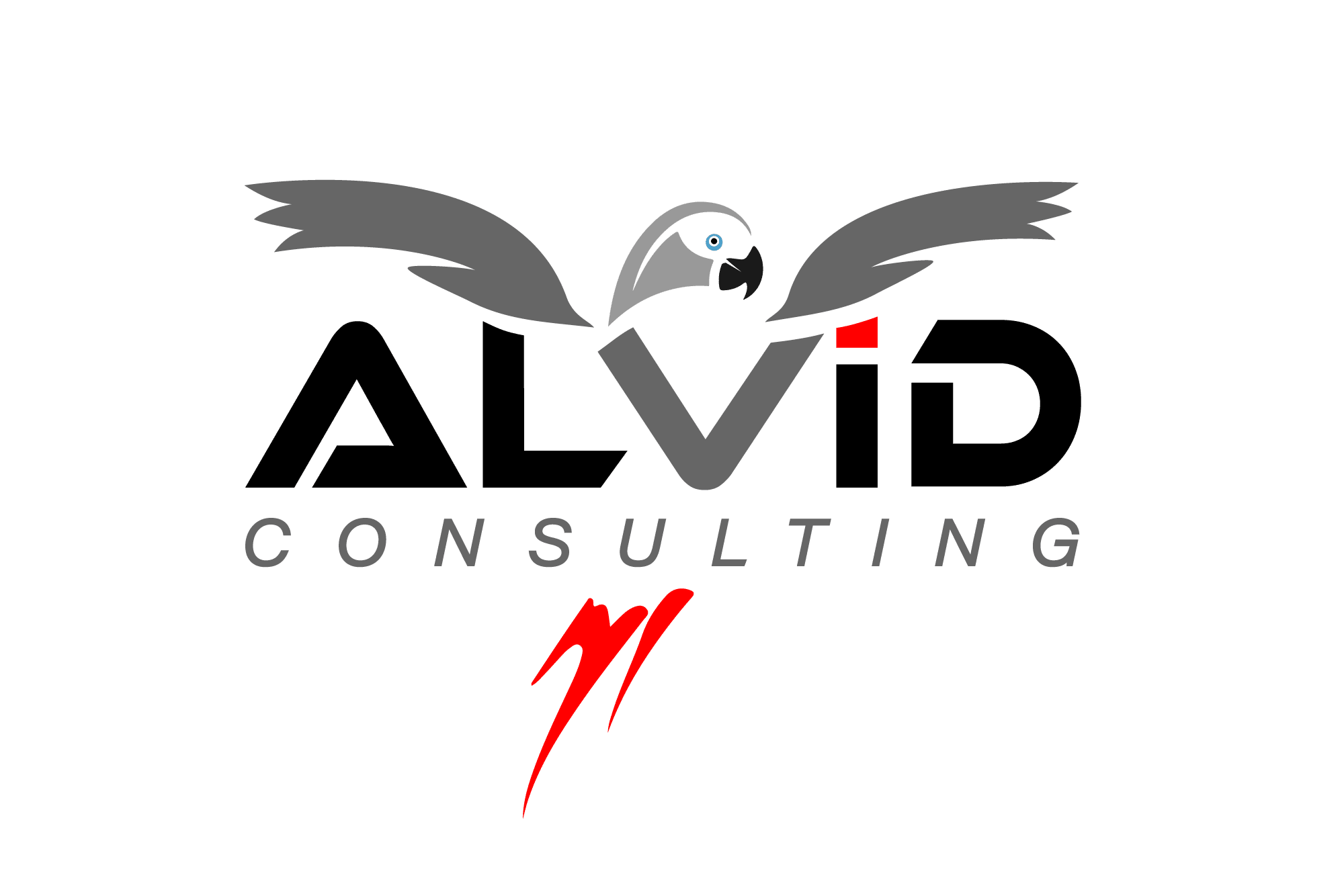Mastering Cost Management in Projects: Where Budget Meets the Baseline
Introduction :
In today’s fast-paced, cost-sensitive project environment, delivering on time isn’t enough — you must also deliver on budget. Whether in construction, infrastructure, oil & gas, or IT, the ability to manage costs effectively is a critical success factor. Yet many organizations still treat cost management as a finance issue rather than a core component of project controls.
This article explores the foundations, best practices, and real-world tools (like Primavera P6) to help project managers, schedulers, and cost engineers align time and money — because a project plan without cost control is just a wish list.

🧱 What is Cost Management in Projects?
Cost Management refers to the planning, estimating, budgeting, financing, funding, managing, and controlling of costs so that the project can be completed within the approved budget.
It spans the entire project lifecycle and consists of four main processes:
- Cost Estimating – Determining the approximate costs of resources, activities, and work packages.
- Cost Budgeting – Aggregating estimated costs to establish a baseline for measuring performance.
- Cost Control – Monitoring actual spend, forecasting trends, and managing variances.
- Earned Value Management (EVM) – Integrating scope, schedule, and cost to assess project performance.
🧩 Integration of Cost and Schedule: The Real Game-Changer
Cost and schedule are deeply intertwined. Poor scheduling leads to inaccurate cost forecasting. Uncontrolled costs can lead to scope reduction or delays. That’s why the integration of time and cost is essential.
🔗 Why It Matters:
- Activities consume resources → resources cost money.
- Delays extend resource usage → increasing cost.
- Changes in scope or productivity → affect both time and cost baselines.
Tools like Primavera P6, when properly used, enable project teams to maintain this integration by linking resources and costs to activities, providing real-time insight into both physical and financial progress.
🛠️ How Primavera P6 Supports Cost Management
While Primavera P6 is primarily known as a scheduling tool, it also provides robust capabilities for resource- and cost-loaded scheduling. Here’s how it supports cost management:
🔹 1. Resource & Cost Loading
Each activity in P6 can be assigned:
- Labor, equipment, and material resources
- Cost accounts
- Unit and total costs This forms the basis of time-phased cost planning — when costs are expected to be incurred over the life of the project.
🔹 2. Cost Baselines
Just like schedule baselines, Primavera allows you to baseline cost-loaded schedules so you can measure planned vs. actual costs over time.
🔹 3. Earned Value Analysis
P6 supports Earned Value metrics such as:
- Planned Value (PV)
- Earned Value (EV)
- Actual Cost (AC)
- Cost Performance Index (CPI) and Schedule Performance Index (SPI)
With these, teams can track performance and forecast Estimate at Completion (EAC) or Estimate to Complete (ETC) with higher accuracy.
🔹 4. Activity Usage Profiles and S-Curves
Visualizing cost data in graphs helps stakeholders understand how money is being spent over time and where variances are occurring.
📊 Earned Value in Action: A Simple Example
Let’s say a project activity is planned to cost $100,000 over 10 weeks. By Week 5:
- Planned Value (PV) = $50,000
- Actual Cost (AC) = $60,000
- Earned Value (EV) = $40,000
This tells us:
- The work is behind schedule (EV < PV)
- The cost is over budget (EV < AC)
From this, we can calculate:
- CPI = EV / AC = 0.67 → Every $1 spent is generating $0.67 in value
- SPI = EV / PV = 0.8 → Only 80% of planned progress has been achieved
P6 can calculate and track this automatically when your schedule is cost-loaded.
🔐 Best Practices for Effective Cost Management
Here’s what high-performing teams consistently do:
✅ 1. Define Cost Breakdown Structures (CBS)
Align your CBS with your Work Breakdown Structure (WBS) and schedule. Use cost accounts in P6 to group and track costs by discipline, phase, or contract.
✅ 2. Maintain Resource Dictionaries
Create accurate, standardized labor, material, and equipment resource libraries with unit rates. This improves consistency and makes estimating more reliable.
✅ 3. Synchronize Budget and Schedule Updates
Time-phase cost profiles and resource usage must align with real-world execution. Don’t update your schedule and cost reports in isolation.
✅ 4. Track Actuals Regularly
Import actuals from the field or ERP system (e.g., SAP) into Primavera P6. Frequent updates provide real insight into project health.
✅ 5. Forecast Early, Forecast Often
Use P6’s EAC and ETC forecasting tools to predict cost performance, not just report on it.
🧠 Common Mistakes to Avoid
- ❌ Treating schedule and cost as separate silos
- ❌ Using outdated rates or missing scope in estimates
- ❌ Not assigning cost accounts or resources to activities
- ❌ Reporting only planned vs. actual, without performance indices
- ❌ Ignoring change management impact on cost baselines
🧭 Conclusion: From Reactive to Proactive Cost Control
In modern project delivery, cost control is not a finance function — it’s a project control function. The ability to tie every dollar to a task, every resource to a timeframe, and every variance to a corrective action is what transforms good project teams into great ones.
By leveraging tools like Primavera P6 and integrating time and cost data from the ground up, project leaders can move from being reactive responders to proactive decision-makers.
💬 How are you managing cost in your project schedules? Are you using resource-loaded schedules, cost accounts, or earned value metrics? Let’s exchange insights — cost control is where planning gets real.

